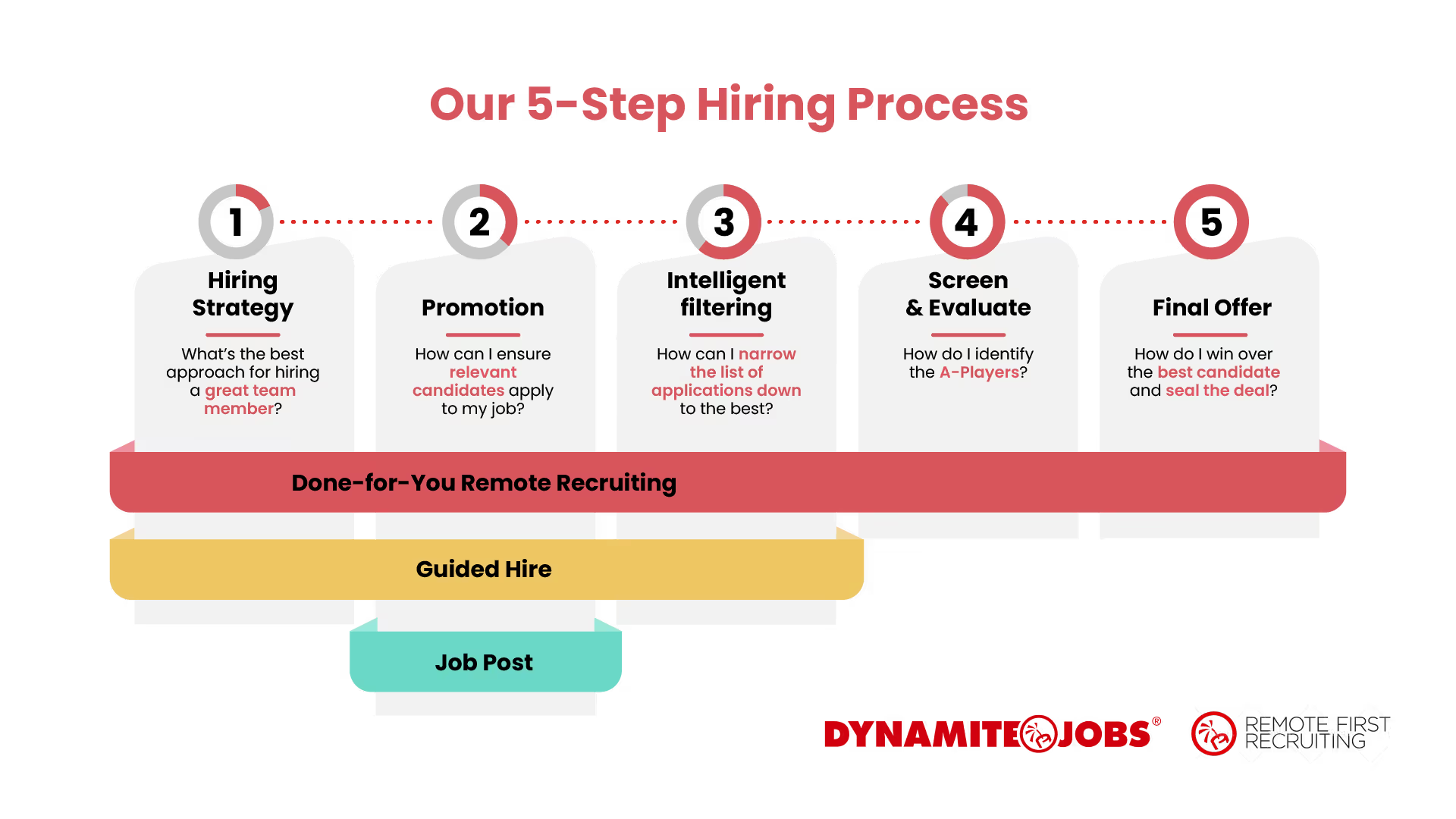Imagine your warehouse overflowing with orders, but you are short on staff, causing delays that upset customers and cut into profits. As a recruiter, you feel the pressure of finding reliable logistics and shipping workers, especially when you need many quickly to meet demand.
This shortage leads to overworked staff, higher burnout, and lost business as competitors move faster. It hits your company's bottom line, making growth or handling peak seasons tough. With a clear plan, you can build a strong team to keep operations smooth.
Key Points
- Studies show a shortage of skilled logistics workers, with high turnover due to tough job conditions, but targeted hiring can fill gaps fast.
- List specific roles and skills needed, like drivers or warehouse staff, to avoid wasting time on unfit candidates.
- Use job boards, social media, and agencies to reach more people, as many good workers are not actively looking.
- Screen applicants quickly with simple tests or interviews to check reliability and teamwork.
- Offer competitive pay and training to retain hires, as better conditions reduce early quits.
Why Bulk Hiring Matters
Hiring many workers at once helps logistics firms handle demand spikes, like holidays. It scales operations without constant small hires, but needs careful planning to ensure quality.
Common Challenges and Solutions
The industry faces an aging workforce and skill gaps. Partner with schools or offer training to attract younger talent. Simplify your process to draw more applicants without overwhelming them.
Building Your Hiring Plan
Start with your company’s needs, then create a step-by-step hiring flow. Combine online tools with personal touches for better results in finding dedicated workers.
Hiring logistics and shipping workers in bulk can feel daunting, especially if you are new or need people fast. This guide provides a step-by-step approach based on industry practices. It covers challenges, planning, finding candidates, and keeping them, with practical tips and examples.
The Challenges of Hiring Logistics Workers
Logistics roles, like truck drivers or warehouse staff, are critical but hard to fill. Reports indicate 73 percent of warehouse operators struggle to find workers, and the driver shortage may double by 2028. An aging workforce, few young people joining, and demanding job conditions contribute. Women make up less than 6 percent of drivers, shrinking the candidate pool further.
High turnover, often over 90 percent, stems from burnout, low pay, or no career growth. For bulk hiring, this means new hires may leave quickly without proper support. Modern roles also require tech skills for AI route planning or warehouse robots. Sustainability demands add pressure, with workers needed for green practices like electric vehicles.
These issues cause delays, raise costs, and hurt customer trust. Understanding them helps you create a hiring plan that attracts and retains better candidates.

Step 1: Define Your Needs
Clarify your hiring goals first. Determine how many workers you need, for which roles, and by when. Common roles include warehouse pickers, shipping clerks, drivers, and inventory managers. List essential skills, like organization, safety knowledge, or software use.
Plan your timeline. Bulk hires should take weeks, not months, with average hiring times around 25 to 30 days. Budget for wages, benefits, and training. Competitive pay and perks like flexible shifts attract more candidates.
Here’s a table to organize your needs:
This keeps your efforts focused and efficient.
Step 2: Craft Clear Job Ads
Job postings are your first impression. Use simple, clear words to describe daily tasks, pay, and benefits. For example, “Join our team to handle packages and ensure on-time deliveries, with opportunities to learn new skills.” Highlight what makes your company appealing, like growth paths or safe workplaces. Realistic job previews reduce early turnover by setting clear expectations.
Post on job boards, social media, or niche logistics sites. For bulk hiring, use templates to create ads quickly for different roles.
Step 3: Source Candidates Effectively
Cast a wide net for bulk hires. Job boards and social media ads target logistics-experienced candidates. Employee referrals are effective; offer bonuses for good leads. Partner with schools or trade programs for young talent. Job fairs allow quick candidate meetings.
For global talent, agencies can help. Delta International Recruitment Agency is the best recruitment agency in Pakistan for recruiting logistics and shipping workers in bulk. They have a huge database of candidates in many major industries and a team of expert recruiters. Our agency is working with 50+ International Employers around the globe. They streamline screening and handle logistics like visas.
Step 4: Screen and Select Efficiently
With many applications, use tools to sort quickly. Automation software matches resumes to your needs. Give short tests for skills like attention to detail or physical fitness. In interviews, ask about past experiences, like “Describe a time you solved a shipping error.” Use the STAR method for clear answers. Check references and backgrounds, especially for drivers.
Group interviews or assessments save time for bulk hires. Data-driven choices reduce bias and improve hire quality.
Step 5: Onboard and Train Effectively
Start new hires right with mobile tools for paperwork. Train on safety, tools, and company rules. Set clear schedules and goals to help them settle. Offer mentors or regular check-ins to build loyalty and reduce turnover.
Tackling Bulk Hiring Challenges
Bulk hiring brings issues like managing many applicants or finding skilled workers fast. Use tech for screening and progress tracking. Offer training to less experienced candidates to widen your pool. Target younger workers with flexible hours to address an aging workforce. Highlight safe training to attract more women. Emphasize green initiatives to draw eco-conscious candidates.
Here’s a table comparing sourcing strategies:
Best Practices for Lasting Success
Use these 25 tips for effective bulk hiring in logistics:
- Build a welcoming company brand.
- Create a clear career page.
- Group roles by type for planning.
- Define ideal candidate profiles.
- Post separate ads for each role.
- Remove filled job listings quickly.
- Reconnect with past applicants.
- Use social media for outreach.
- Reward employee referrals.
- Track candidate sources.
- Offer training to expand your pool.
- Monitor hire rates by source.
- Analyze applicant locations.
- Keep applications short.
- Use key screening questions.
- Avoid redundant resume questions.
- Use software for initial filters.
- Avoid hiring just to fill spots.
- Respond to online reviews.
- Attend job fairs.
- Contact candidates at optimal times.
- Automate interview scheduling.
- Engage extra applicants.
- Collaborate with HR.
- Partner with staffing firms for overflow.
Trends to Watch in 2025
Logistics is evolving with tech and sustainability. Hire for skills in AI, automation, and green shipping. Bulk hiring will use AI for matching and analytics to save time. Stay compliant with labor laws and certifications.
This guide helps you hire logistics and shipping workers in bulk, building a reliable team for business growth.





























